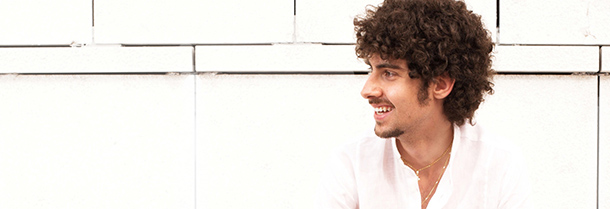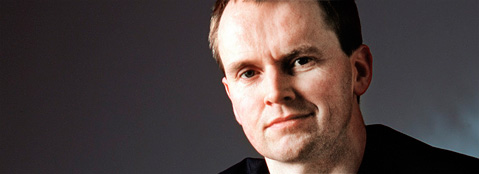Tag: Prokofiev
-

-

PROGRAM NOTES: STEVEN OSBORNE
Ludwig van Beethoven Piano Sonata (“Moonlight”) in C sharp minor, Op.27, no.2 (Sonata quasi una Fantasia) The year 1801 marked not only the dawn of a new century, but also a significant new approach on Beethoven’s part to matters of form and structure in the piano sonata. The bold use of unusual and exotic keys,…

